 The combined challenges of the pandemic, inflation, supply chain problems and labor shortages have made it clear: To survive and thrive in the years ahead, restaurants will need new ways of operating. The good news, according to the National Restaurant Association’s 2022 State of the Restaurant Industry report, is that two key customer demographics are particularly welcoming of the changes. Specifically, adults born between 1980 and 2003 (Millennials and the older edge of Gen Z), as well as a fair share of Boomers, are embracing the efficiencies that technology is bringing to the ordering, purchasing and collection process, while also demonstrating an open-mindedness about the role restaurants can fulfill in their lives. For example, these consumers see restaurants as meal partners. Even if they’re planning to eat at home, they may still look to restaurants to provide a part of that meal or a kit that makes it easier to prepare their full meal. These customers place high value on takeout – and 94 percent of millennials said they would order a wider array of to-go foods if they were packaged to preserve them better (70 percent are even willing to pay more for upgraded packaging). Millennials and Gen Z, in particular, like alcohol with their order too, giving operators some room for creativity with promotions for higher-margin drinks that customers don’t want to prepare at home. They’re open to buying subscriptions for restaurant meals or opening house accounts that offer a discount for prepayment. Importantly, they also like the efficiency of tech-enabled ordering and payment – and that extends to ordering through virtual assistants. All told, the definition of a “great” restaurant experience is changing – and those changes bring greater efficiencies and possibilities for restaurants, amid the challenges. The math on third-party delivery has long been problematic. Operators have felt the need to offer it at the expense of profits just because of increasing consumer demand. But now that restrictions on dining rooms have made delivery more of a necessity than a nice-to-have extra, many operators are thinking even more critically about how to make it work. Common approaches include raising prices on menu items to help compensate for high third-party fees, finding a way to offer delivery in-house, or enticing guests to order via your online platform and then paying a third-party vendor a reduced fee for delivery (but retaining the valuable customer data). If delivering food yourself isn’t feasible, committing to making the third option work may be your best long-term bet for making ends meet and serving customers well. This Restaurant Business report ( https://bit.ly/3pqATav ) discusses how delivery may be evolving and how to drive people to your platform.
Are you sending customized promotions to your guests based on their past orders? Adjusting your menu or specials based on guest data you have collected? Changing the items you promote on your digital menu when changes in the weather make guests crave different items? The era of hyper-personalized marketing is here – and the more personalized you can make the experience for guests, the better. There are important payoffs for restaurants: A study from Deloitte found that one in five consumers who expressed an interest in buying personalized products was willing to pay a 20 percent premium, and 22 percent of consumers are happy to share some data in exchange for a more personalized service or product. Hyper-personalization was a key prediction in a recent report from Modern Restaurant Management that collected a roundup of insights from restaurant industry experts about the trends to expect in 2020. In the report, Dan O’Connell, CEO of Foodmix Marketing Communications, said he sees the industry taking personalization even further than the “you may like” recommendations that restaurants are using widely now. Think matching flavors to personalities, offering guests personalized recipes and packaging, and serving up customized latte art for every guest who orders coffee. Of course, hyper-personalization makes it all the more inspiring for guests to talk about it on social media. After all, when you feel like a business knows you well and celebrates what you like, you want to tell friends about it.
The new year has gotten off to a shaky start across the restaurant industry, according to Modern Restaurant Management magazine’s Research Roundup, which assesses the industry landscape. According to data from Black Box Intelligence based on weekly sales from more than 47,000 restaurants and $75 billion in annual sales, same-store sales growth was down 2.1 percent in December, the worst result for the industry in more than two years. Still, there have been pockets of good news – such as in the family dining segment, which experienced strong same-store sales growth throughout last year. Kids often drive a family’s decision about where to dine – but you don’t have to turn your restaurant into a playground to attract families. If you’re looking for simple ways to boost your family appeal, Restaurant Rockstars advises offering each child a helium balloon (labeled with your restaurant logo) on the way out the door. Host a coloring contest that requires a parent’s email for subsequent contact, then send all applicants a $5 gift certificate to be used on a return visit when they can view their winning entries on display. But even some menu ingenuity – or ideas that appeal just as much to adults as kids – can work. Restaurant Business, for instance, suggests such ideas as offering kid-friendly “flights” of fries, dipping sauces or ice cream in place of alcohol, customizable menu courses or promotions related to local sports teams.
In an industry known for its employee turnover, food safety can be a challenge for restaurants to uphold. How do you ensure your restaurant adheres to food safety practices or other procedures critical to your operation, no matter how experienced your team members may be? Modern Restaurant Management suggests you use app-delivered games to not only protect your food safety culture but to drive employee engagement and retention through the accrual of points and rewards for individual employees or stores. By using such a system to improve your program, you’re tapping into an element of human psychology that can inspire people to improve whether they’re performing poorly or well. A recent New York Times article indicated that Uber considered McDonald’s as a key competitor, so consider this example from the ride-hailing company Lyft, whose decentralized structure and reliance on the gig economy requires it to understand how to motivate employees to not only stay with the company but to continuously improve upon their performance: A Guardian report from a Lyft driver described receiving weekly driving challenges that could result in power-driver bonuses. Having her results tracked and then receiving regular reports about those results gave her a strong desire to “beat the game” — when she had a slow week and received low scores, she was motivated to improve against other drivers. When she was a top performer, she wanted to retain her high score. If you’re looking for ways to keep employees engaged, consider what tools companies like this are using to make the work interesting and motivating for employees (all while ensuring the company achieves the underlying results it seeks).
|
Subscribe to our newsletterArchives
April 2024
Categories
All
|
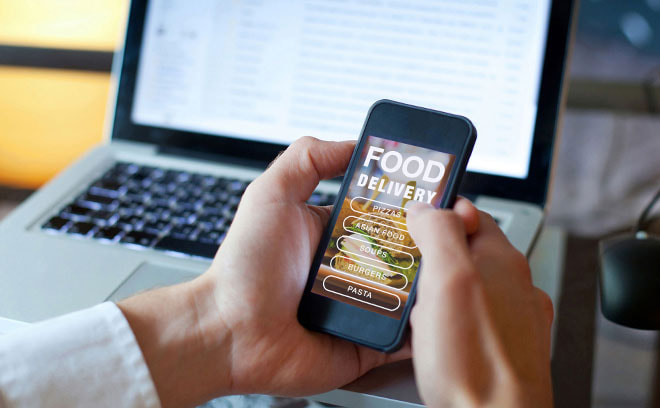
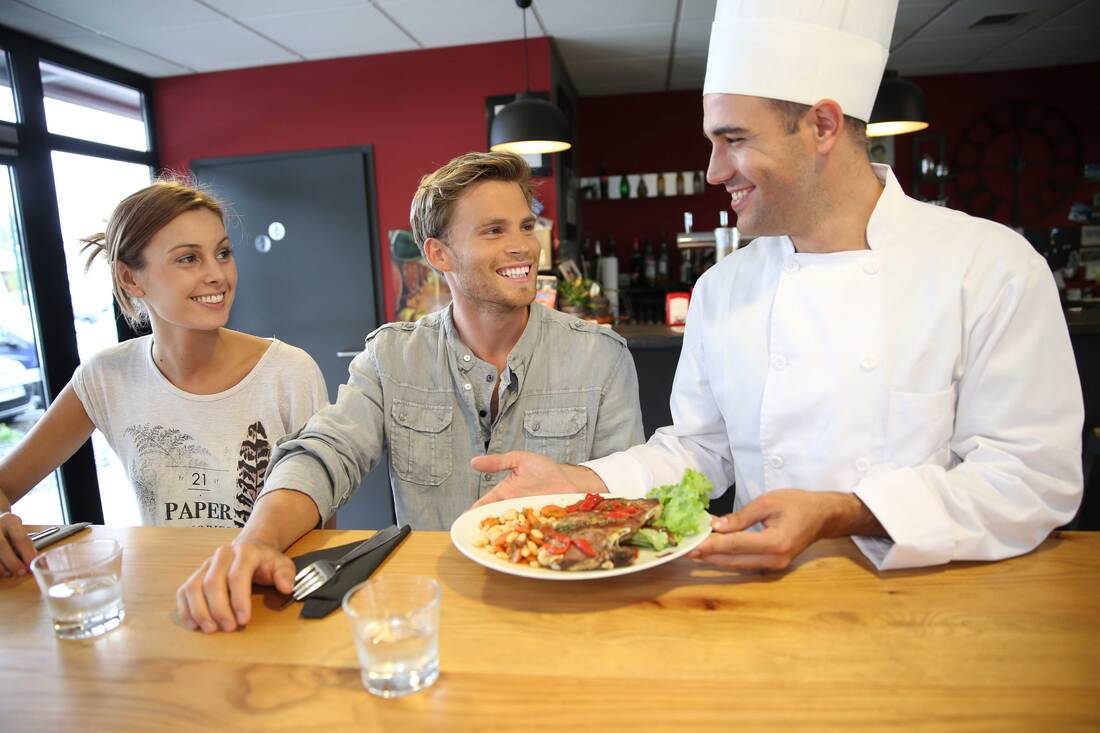
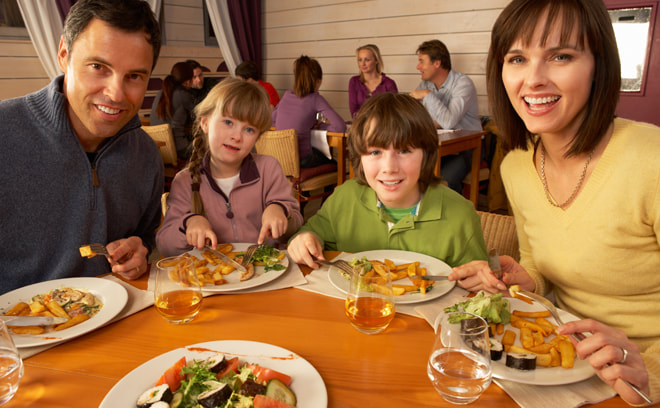
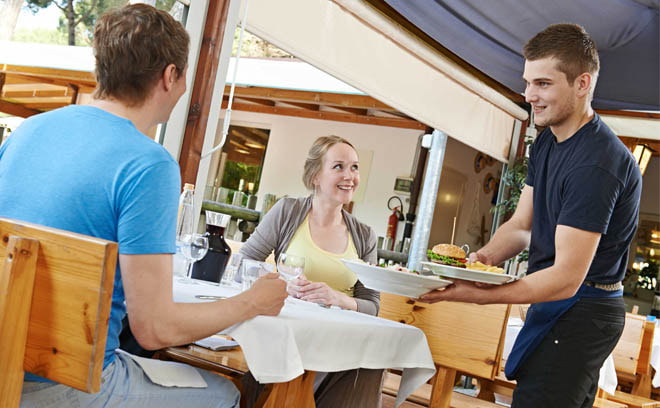

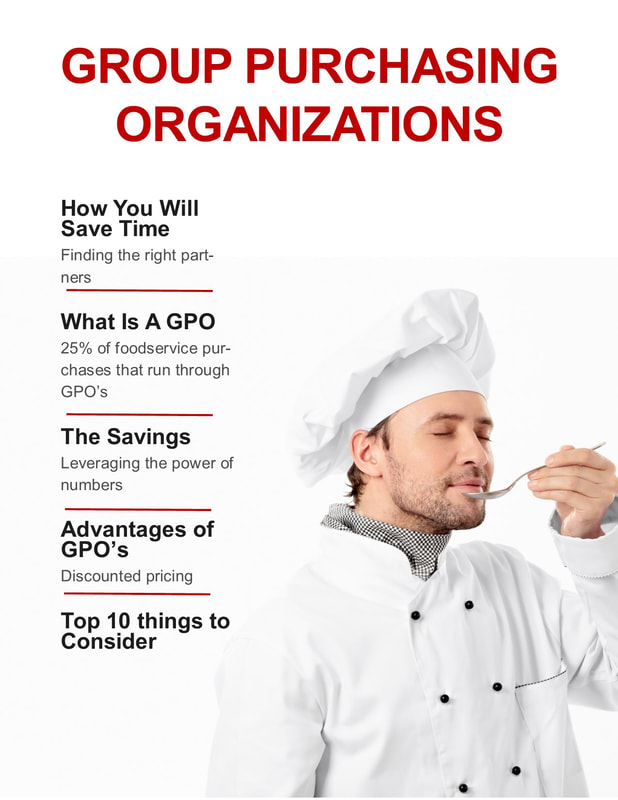

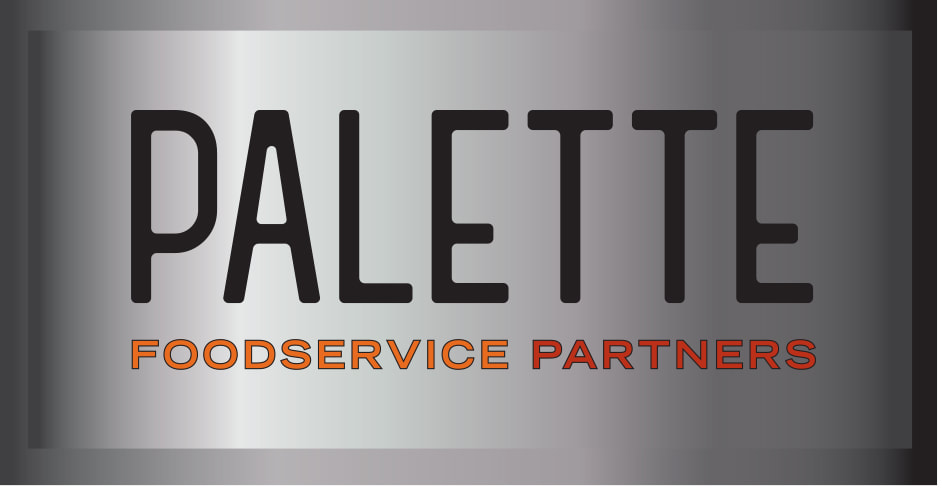
 RSS Feed
RSS Feed